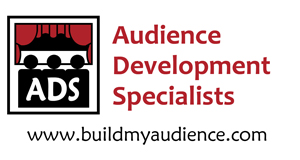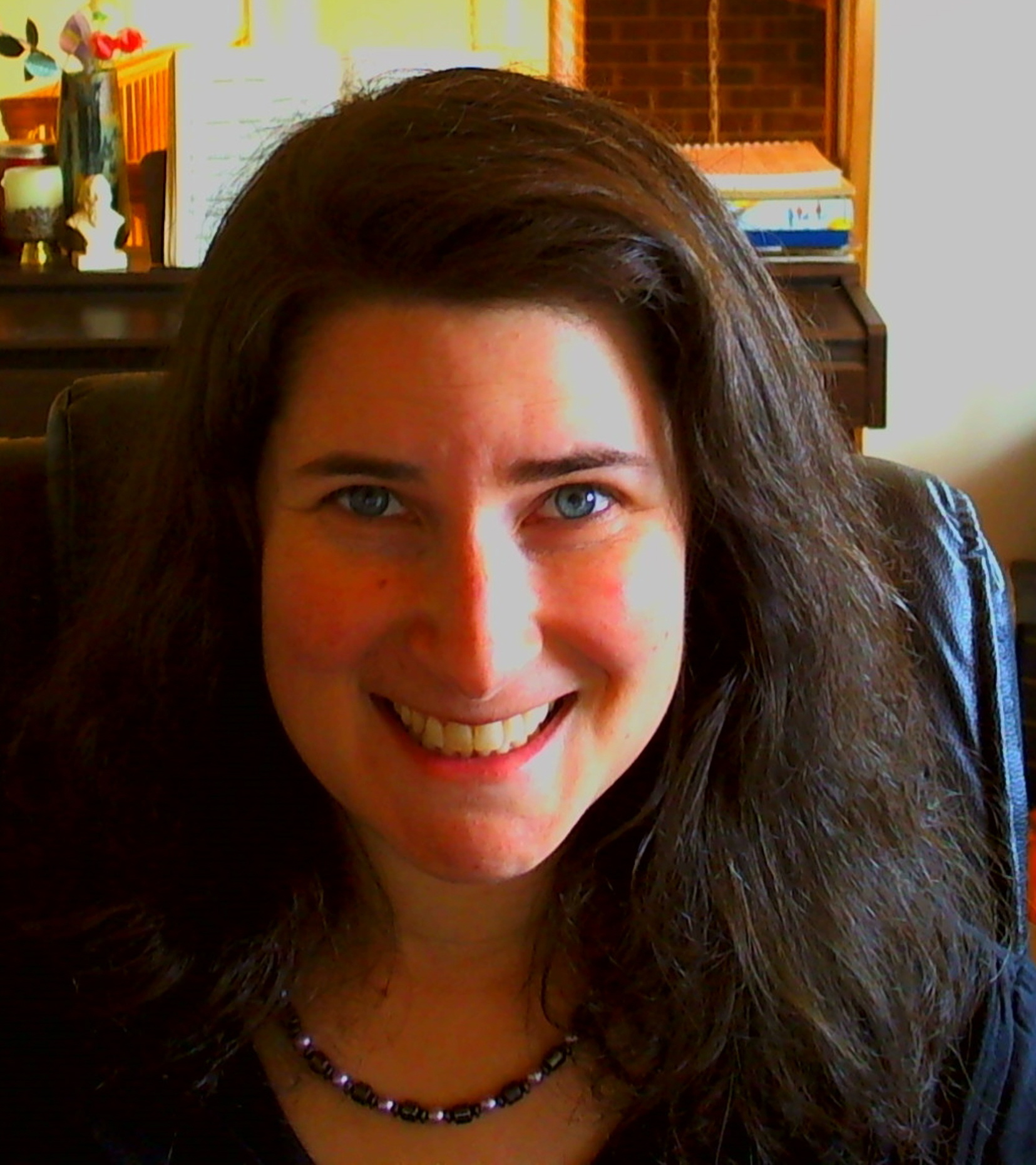Yes, it might be strange to hear from me over the weekend. I had something on my mind I wanted to share. I have come to the conclusion that we in the arts are attempting to solve a puzzle without the actual background knowledge needed to solve it. We are fighting an uphill battle to have people value the arts again. We have our talking points that have been proven over and over again, yet the majority doesn’t seem to be listening, or they have come to not care about the arts the way we do.
Has anyone stopped to consider when the breakdown actually occurred? I liken this to using medicine for the symptoms instead of figuring out the root of the illness. What is the root of disvalue for the arts? When did it first take place?
I recall research on the transition of the audience from the light into the dark. Is this when it happened? The invention of the light bulb increased the light for the artists yet put the audience into the dark. Is this what did us in?
The arts used to be a “sports” of the time. It was part of the Olympics once. It was a main event in people’s lives in parts of history. What made this all change?
The only thought that comes into my mind is that during the transition of the artist being in the light and the audience being in the dark, it might shed some light on the fact that we pushed our audiences away and disvalued them in the process. What occurred during and after the transition: the entitlement for money (instead of the humble ask from our patrons), the ego of being better than the audience and choosing for them (instead of working with them), the refusal to engage instead of being engaging like we once were in our communities. Perhaps the light bulb changed the value of the arts due to all of these other changes that came with it.
What really happened is, we disvalued our audiences during this transition. We disvalued our audiences when we forgot to price for all types of people like we once did. We disvalued our audiences when we told them to shut up and become secondary to our art. We disvalued our audiences when we no longer asked for their feedback. We disvalued our audiences when we no longer provided them with the customer service that they deserved. We disvalued them as we went into the light and shut them out into the dark.
Like all products and services though, when more competition comes into play, and technology changes our society and how people experience their lives, the value of the original product and service (the arts) can change. The audiences with all the choices they have now , and the ability to use technology to speak their own mind and create their own arts, they have come out of the darkness into the light again. They now have an equal value that they haven’t had in a long time.
Yet, we in the arts industry failed to keep up with this change. We instead attempted to treat the audiences like we always have, like they were in the dark, and the audiences have retaliated by disvaluing us.
This doesn’t mean that we can’t get audiences to value the arts again, but it is going to take more than simply the talking points we have created to fight the dis-ease. It is going to take valuing our audiences again, like we used to before the light bulb.
If you take a good look at the artists and organizations that are healthy and thriving, you will see that this is what they are doing. The audiences are a part of the picture, not simply told to look at the picture.
This is why audience development is probably the most crucial tool that we have at this time. Getting the audiences involved again in every aspect of our arts, knowing that they deserve to be in the light as much as we do, this just might be the answer to the puzzle.
I once read a statement – “The arts are not meant for everyone, but they are meant for anyone.” I now add, this was our doing, yet we can make the arts meant for everyone again if we can learn to share the light.
-Shoshana





Hi Shoshana. You should check this book out: Lawrence Levine’s Highbrow/Lowbrow: The Emergence of Cultural Hierarchy in America.
Thanks, Denis. I will!
[…] Yes, it might be strange to hear from me over the weekend. I had something on my mind I wanted to share. I have come to the conclusion that we in the arts are attempting to solve a puzzle without… […]
Hi Shoshana, this is very good.
Greg Sandow has been asking folks to ID when the crisis might’ve begun… in a series of posts. If you don’t read him, you’ll probably enjoy him. http://www.artsjournal.com/sandow/2013/09/before-the-crisis.html
I think you have the right idea, but are looking at the wrong side of the mirror (if that makes sense). I don’t believe that audiences have devalued the arts. I believe that the arts have devalued audiences. By not keeping up with technology (both in practice and theory), arts organizations have had played the biggest role in disenfranchising their audiences from the discovery process.
Hi Marc,
I completely agree with you that looking at this “equation” from both sides is important. In terms of attending audiences, you are certainly correct that this group of people have not devalued the arts, and we still need to take a closer look at our relationships with these audience members.
However, and unfortunately, the fact that we continue to fight for support of the arts means that there is some disvalue happening from an audiences’ perspective. I wish it were not the case, but there are people that have written the arts off for only the elite and are not seeing arts being for them too. Looking closer at our relationships with audiences in general may be a way to solve these issues.
Thank you for commenting, Marc, and I believe we might be saying the same thing in a different way.
Interesting and stimulating article. I like the analogy of our audience moving from the light into the dark: we do seem to be illuminating more of these issues of audience-development, community-engagement, and how to keep our theatrical practice relevant in an age where there is far more choice on what people can see, and through which medium. While other art-forms, such as music and painting and even literature have made audiences secondary in pursuit of exclusively-artistic positions, I don´t know if this can ever be a successful strategy with theater, which requires an audience over time to experience the work.
Plays and performance, whether they be devised or narratives, still contribute enormously to many cultures´ lives. It´s important that we know just which culture we are discussing, when we attempt to generalize ALL of the arts or ALL theater. And how does one measure “valuation of the arts”, such as theater? How would we define “success” in the arts? Too often, these benchmarks are solely economic, or “bums on seats”; too infrequently do we get specific about the intrinsic value of what we do and make, and take the time to engage our audiences to measure it.
Lastly: shortly before the invention of the light bulb, plays were also published before they were staged, which means that a good portion of the attending audience was literate, fluent, and very familiar with the work (in one form) before the actual performance. Imagine the shift in audience-perception, attention, and observation of detail for your play, if they had had the chance to read the script a few months in advance?